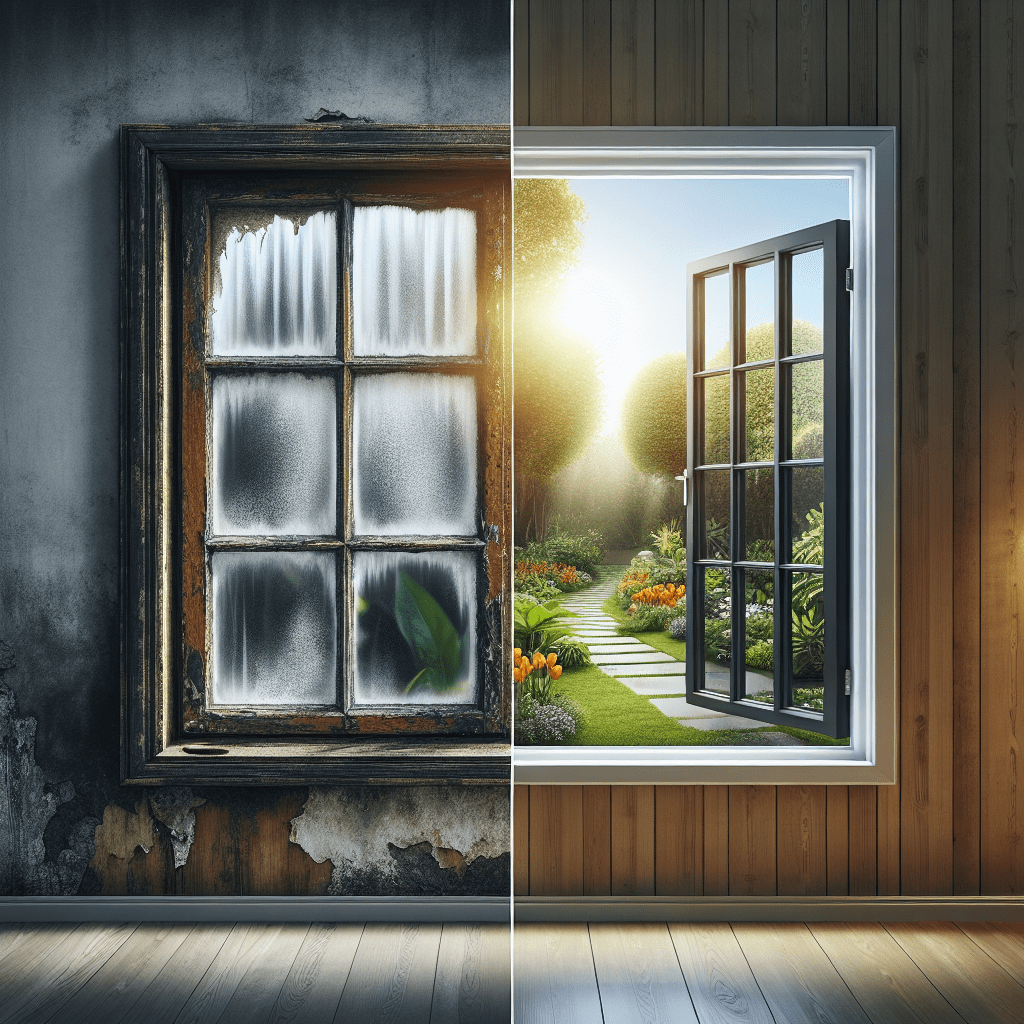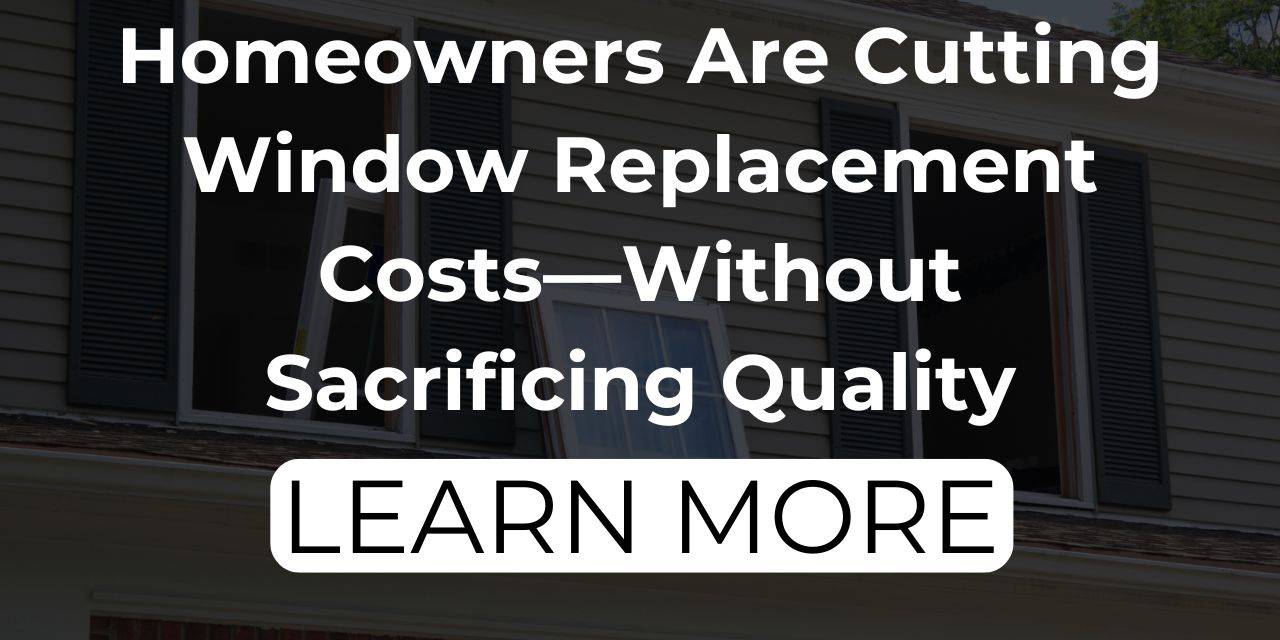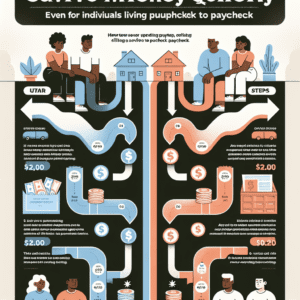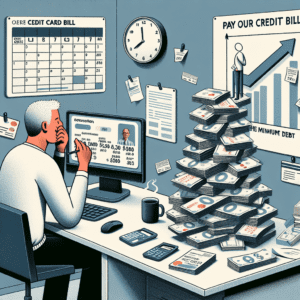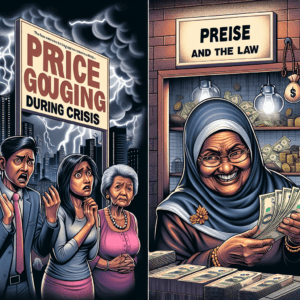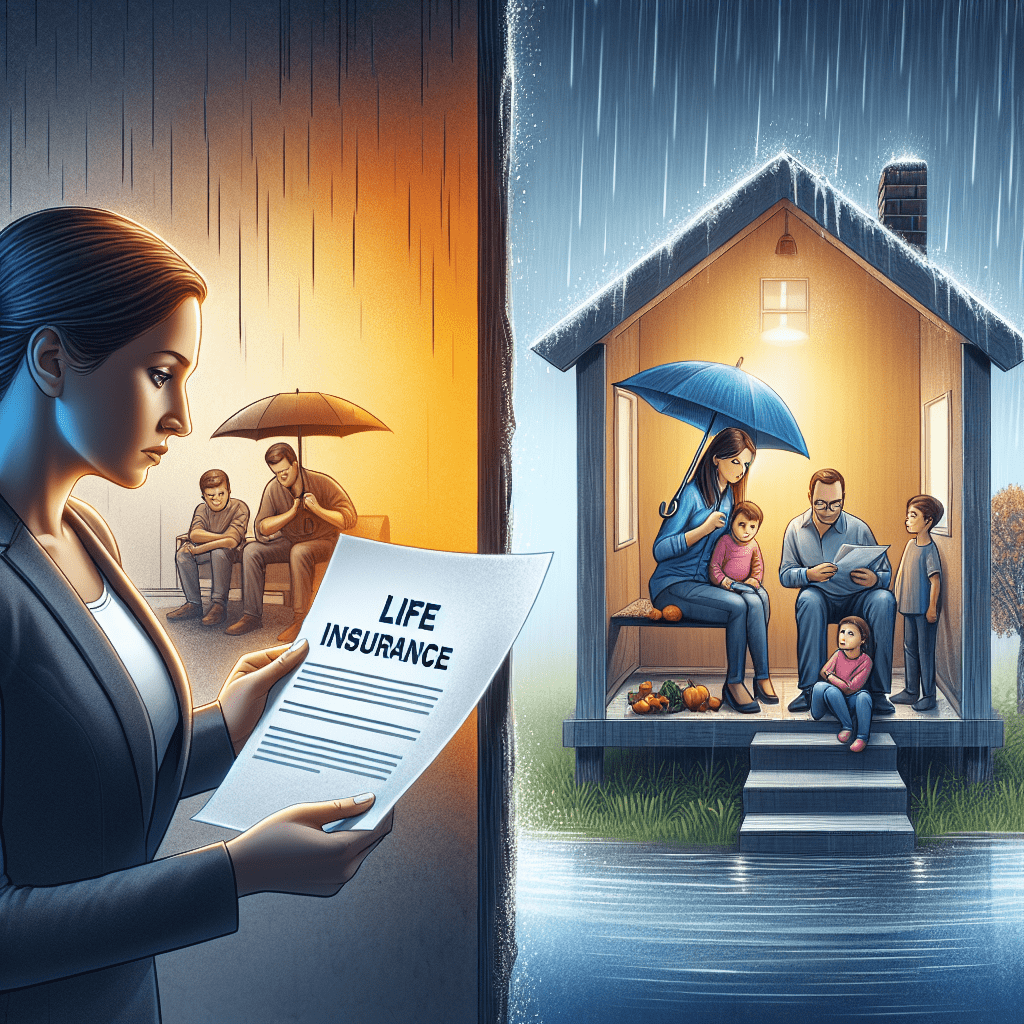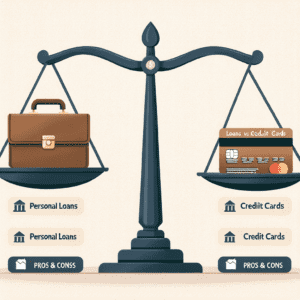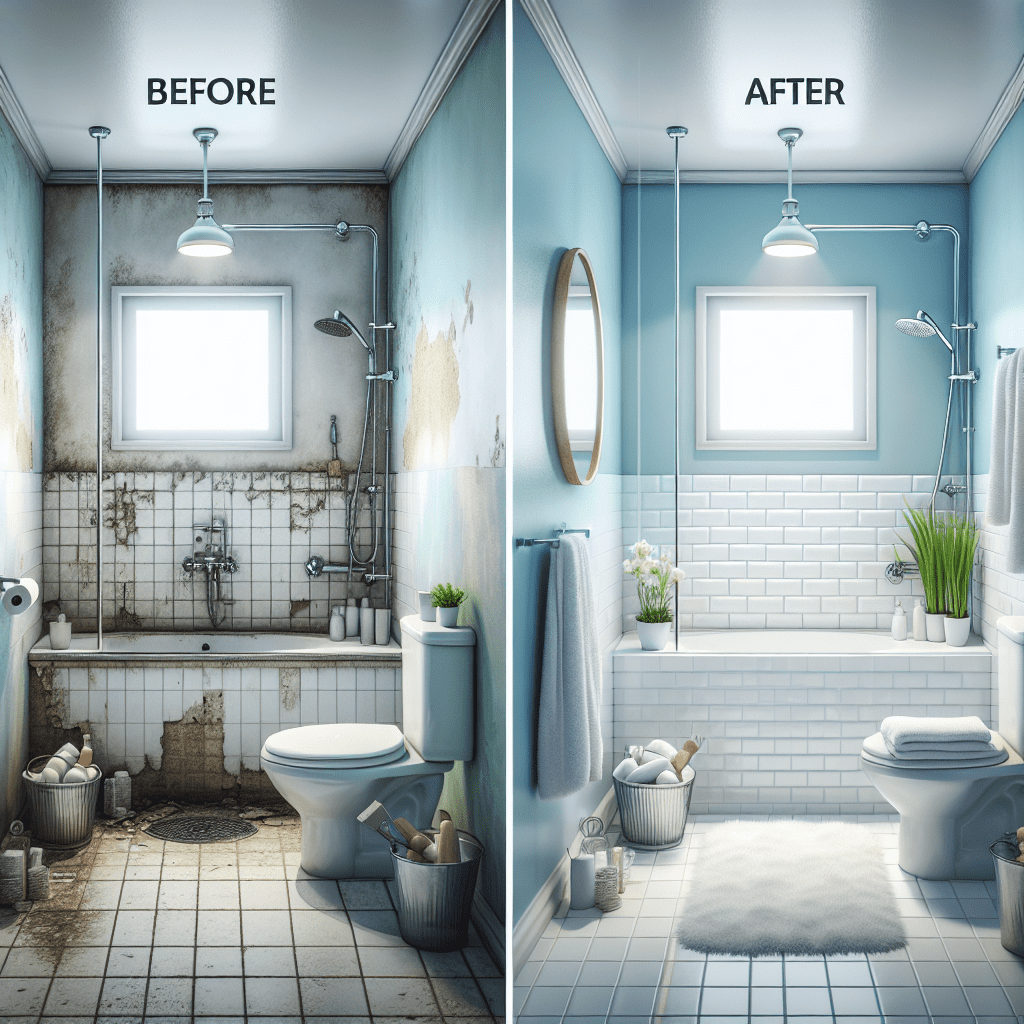“Upgrade Your Windows, Upgrade Your Home’s Value!”
**Energy Efficiency Matters: How Outdated Windows Increase Your Utility Bills**
Outdated windows can have a significant impact on your home’s energy efficiency, leading to higher utility bills and reduced overall comfort. Many homeowners may not realize that older windows, especially those with single-pane glass or deteriorating seals, allow heat to escape during the winter and enter during the summer. This inefficiency forces heating and cooling systems to work harder, consuming more energy and increasing monthly expenses. As energy costs continue to rise, addressing this issue becomes even more critical for homeowners looking to maintain a cost-effective and comfortable living environment.
One of the primary reasons outdated windows contribute to higher utility bills is their poor insulation properties. Modern windows are designed with advanced materials such as double or triple-pane glass, low-emissivity (Low-E) coatings, and gas fills like argon or krypton, all of which help regulate indoor temperatures. In contrast, older windows often lack these features, allowing heat transfer to occur more easily. During the winter, warm indoor air escapes through inefficient windows, making it difficult to maintain a consistent temperature. Similarly, in the summer, heat from the sun penetrates through outdated glass, causing air conditioning systems to work overtime. This constant strain on HVAC systems not only increases energy consumption but also shortens the lifespan of heating and cooling equipment, leading to additional maintenance and replacement costs over time.
Furthermore, outdated windows often develop air leaks due to worn-out seals, cracks, or gaps in the frames. These leaks create drafts that make it challenging to maintain a stable indoor climate, forcing homeowners to adjust their thermostats frequently. Even small gaps can have a significant impact on energy efficiency, as they allow conditioned air to escape and unfiltered outdoor air to enter. This results in inconsistent temperatures throughout the home, making certain rooms feel too hot or too cold. By upgrading to energy-efficient windows with properly sealed frames, homeowners can eliminate these drafts and improve overall comfort while reducing energy waste.
Another factor to consider is the role of outdated windows in solar heat gain. Traditional windows without Low-E coatings allow a substantial amount of ultraviolet (UV) and infrared radiation to enter the home, increasing indoor temperatures and causing furniture, flooring, and other household items to fade over time. Energy-efficient windows with Low-E coatings help reflect heat while still allowing natural light to enter, reducing the need for excessive air conditioning and protecting interior furnishings from sun damage. This not only enhances energy efficiency but also preserves the aesthetic appeal of the home’s interior.
In addition to lowering utility bills, upgrading to modern windows can also increase a home’s overall value. Prospective buyers are increasingly prioritizing energy efficiency when searching for a home, and outdated windows can be a major deterrent. Homes with energy-efficient windows are more attractive to buyers because they promise lower energy costs and improved comfort. As a result, investing in window upgrades can yield a strong return on investment, making it a worthwhile improvement for homeowners planning to sell in the future.
Ultimately, outdated windows are a hidden source of energy loss that can significantly impact both monthly expenses and long-term property value. By replacing them with modern, energy-efficient alternatives, homeowners can enjoy lower utility bills, enhanced comfort, and a more sustainable living environment.
**Curb Appeal and Resale Value: Why Modern Windows Make a Difference**
When considering ways to enhance a home’s curb appeal and overall resale value, many homeowners focus on landscaping, exterior paint, or architectural details. However, one often-overlooked aspect that significantly impacts both aesthetics and marketability is the condition of the windows. Outdated windows can make a home appear neglected, reduce energy efficiency, and deter potential buyers. In contrast, modern windows offer a sleek appearance, improved functionality, and long-term cost savings, making them a worthwhile investment for any homeowner looking to increase property value.
One of the most immediate benefits of upgrading to modern windows is the visual transformation they provide. Older windows, especially those with peeling paint, foggy glass, or outdated designs, can make a home look worn and outdated. In contrast, contemporary window styles feature clean lines, larger panes, and energy-efficient materials that enhance the overall aesthetic of a property. Whether opting for classic double-hung windows, expansive picture windows, or stylish casement designs, new windows can complement a home’s architectural style and create a more polished, inviting exterior. This improved curb appeal is particularly important when selling a home, as first impressions play a crucial role in attracting potential buyers.
Beyond aesthetics, modern windows contribute to a home’s energy efficiency, which is a key selling point in today’s real estate market. Older windows often have single-pane glass, poor insulation, and deteriorating seals, leading to drafts and higher energy bills. In contrast, modern windows are designed with advanced materials such as double or triple-pane glass, low-emissivity (Low-E) coatings, and insulated frames that help regulate indoor temperatures. As a result, homeowners experience lower heating and cooling costs, which can be a compelling factor for buyers looking for a cost-effective and environmentally friendly home. Energy-efficient windows not only enhance comfort but also demonstrate a commitment to sustainability—an increasingly important consideration for today’s homebuyers.
In addition to energy savings, modern windows offer improved functionality and security, further increasing a home’s value. Many older windows have difficulty opening and closing due to warped frames or outdated mechanisms, which can be frustrating for homeowners and a red flag for buyers. Newer models feature smooth operation, enhanced locking systems, and impact-resistant glass, providing both convenience and peace of mind. Security is a major concern for many buyers, and having durable, well-designed windows can make a home more appealing in competitive real estate markets.
Another factor to consider is noise reduction. Homes located in busy neighborhoods, near highways, or in urban areas can benefit significantly from modern windows with soundproofing features. Double or triple-pane glass, along with specialized insulating materials, can help minimize outside noise, creating a quieter and more comfortable living environment. This added benefit can be particularly attractive to buyers who prioritize tranquility and privacy in their home search.
Ultimately, upgrading outdated windows is a strategic investment that enhances curb appeal, improves energy efficiency, increases security, and provides long-term savings. Whether planning to sell in the near future or simply looking to improve the home’s overall value, modern windows offer a practical and aesthetically pleasing solution. By making this upgrade, homeowners not only enhance their property’s marketability but also create a more comfortable and efficient living space for years to come.
**Home Comfort and Security: The Hidden Costs of Old Windows**
Old windows may seem like a minor concern, but they can have a significant impact on both the comfort and security of your home. Many homeowners overlook the hidden costs associated with outdated windows, assuming that as long as they function, there is no urgent need for replacement. However, aging windows can lead to a range of issues that affect not only your daily living experience but also the overall value of your property. From energy inefficiency to compromised security, the consequences of keeping old windows can be more costly than many realize.
One of the most noticeable drawbacks of outdated windows is their poor insulation. Over time, window seals can deteriorate, allowing drafts to enter and conditioned air to escape. This results in an inconsistent indoor temperature, making it difficult to maintain a comfortable living environment. During the winter, cold air seeps in, forcing heating systems to work harder, while in the summer, heat infiltrates the home, increasing the demand on air conditioning. As a result, energy bills can rise significantly, placing an unnecessary financial burden on homeowners. Modern windows, designed with advanced insulation technology, help regulate indoor temperatures more effectively, reducing energy consumption and lowering utility costs.
Beyond energy efficiency, old windows can also compromise the security of a home. Many older window models lack the reinforced materials and locking mechanisms found in modern designs, making them easier targets for break-ins. Weak frames, worn-out locks, and single-pane glass provide minimal resistance against forced entry, putting both property and personal safety at risk. Upgrading to newer windows with impact-resistant glass and multi-point locking systems enhances home security, offering greater peace of mind. Additionally, modern windows are often designed with shatter-resistant materials, reducing the risk of injury from broken glass in the event of an accident or attempted intrusion.
In addition to security concerns, outdated windows can contribute to noise pollution, further diminishing home comfort. Older windows, particularly those with single-pane glass, do little to block external sounds, allowing street noise, traffic, and other disturbances to penetrate the home. This can be particularly problematic for those living in busy neighborhoods or near high-traffic areas. Newer windows, equipped with double or triple-pane glass and soundproofing technology, significantly reduce noise infiltration, creating a quieter and more peaceful indoor environment.
Another often-overlooked issue with aging windows is their impact on indoor air quality. Over time, window frames can develop cracks and gaps that allow dust, pollen, and other allergens to enter the home. Additionally, older wooden frames are susceptible to moisture damage, leading to mold growth that can negatively affect respiratory health. By replacing outdated windows with modern, well-sealed alternatives, homeowners can improve indoor air quality and create a healthier living space.
Ultimately, the decision to upgrade old windows is an investment in both comfort and security. While the upfront cost of replacement may seem significant, the long-term benefits far outweigh the expense. Improved energy efficiency, enhanced security, reduced noise pollution, and better air quality all contribute to a higher quality of life and increased property value. By recognizing the hidden costs of outdated windows and taking proactive steps to upgrade, homeowners can ensure a safer, more comfortable, and more efficient living environment.

